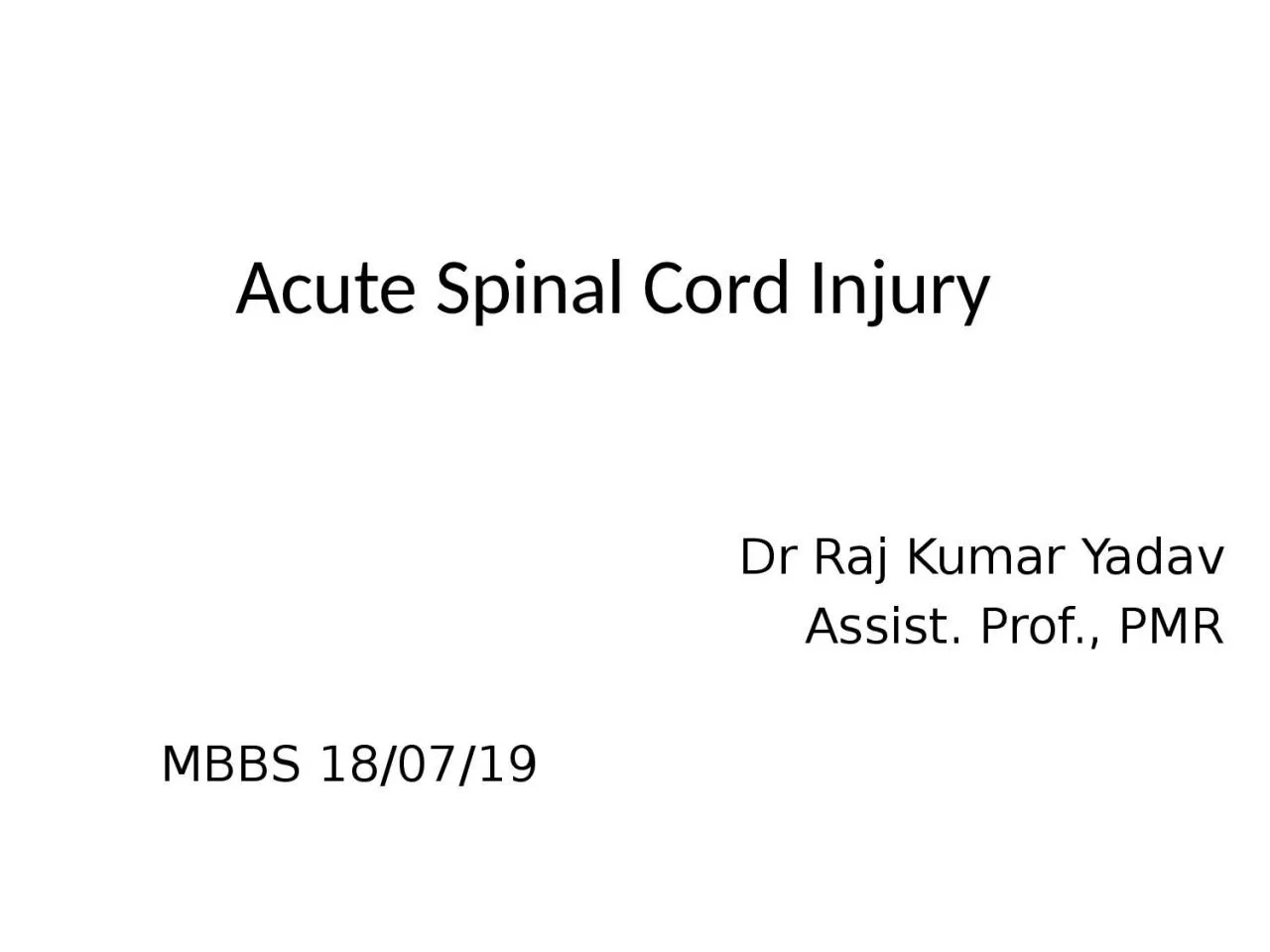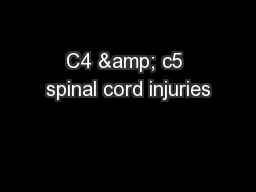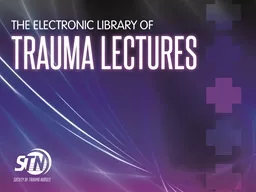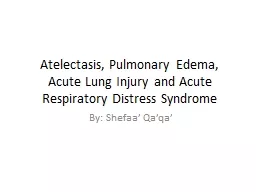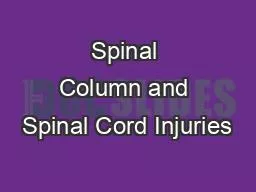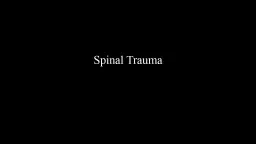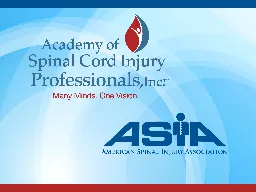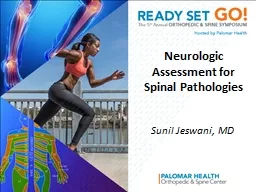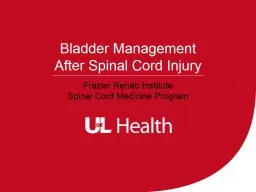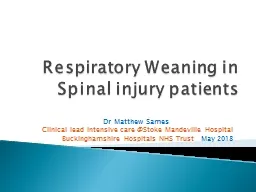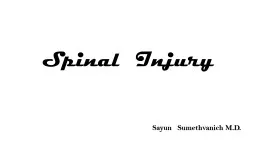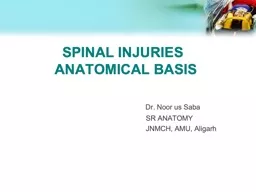PPT-Acute Spinal C ord Injury
Author : Heartstealer | Published Date : 2022-07-28
Dr Raj Kumar Yadav Assist Prof PMR MBBS 180719 Every slide has 4 to 5 statements Out of these 1 statement is false Identify it SCI is a devastating life threatening
Presentation Embed Code
Download Presentation
Download Presentation The PPT/PDF document "Acute Spinal C ord Injury" is the property of its rightful owner. Permission is granted to download and print the materials on this website for personal, non-commercial use only, and to display it on your personal computer provided you do not modify the materials and that you retain all copyright notices contained in the materials. By downloading content from our website, you accept the terms of this agreement.
Acute Spinal C ord Injury: Transcript
Download Rules Of Document
"Acute Spinal C ord Injury"The content belongs to its owner. You may download and print it for personal use, without modification, and keep all copyright notices. By downloading, you agree to these terms.
Related Documents

